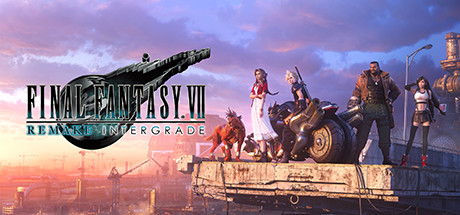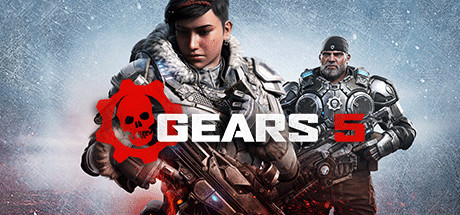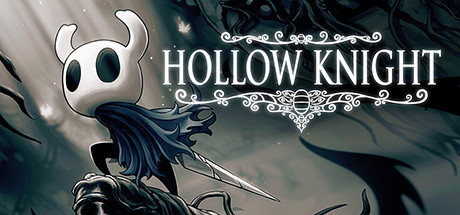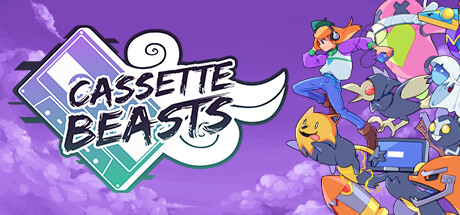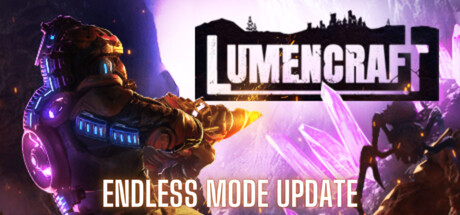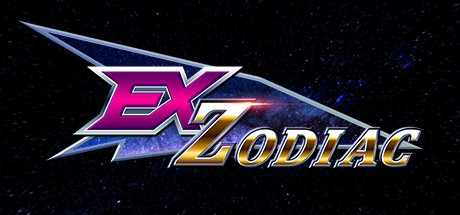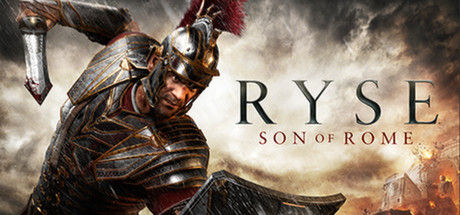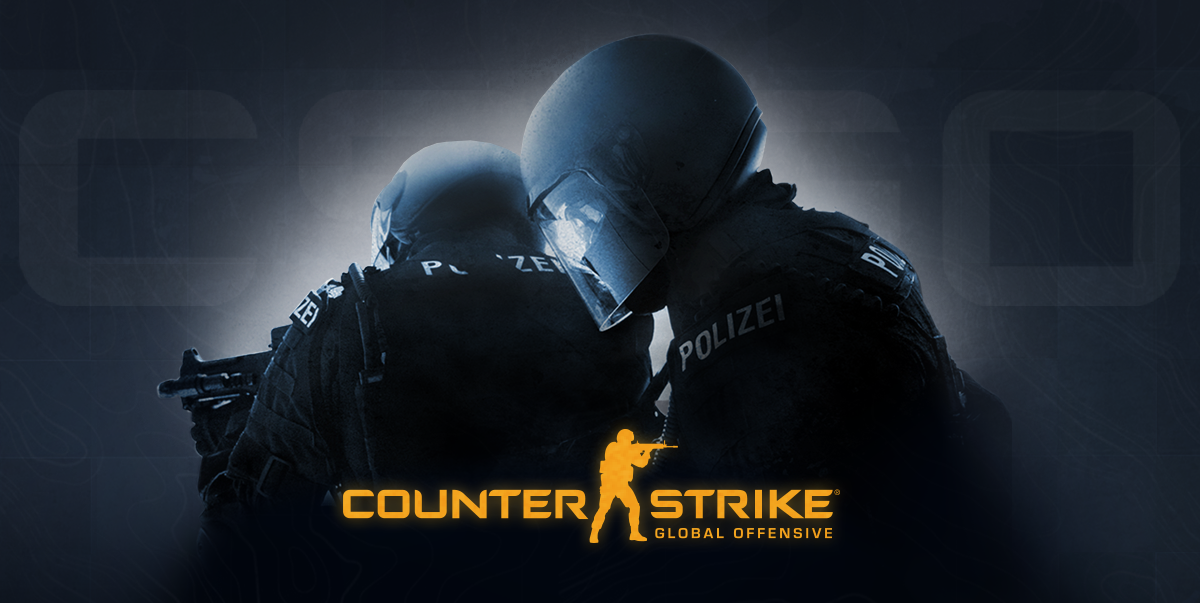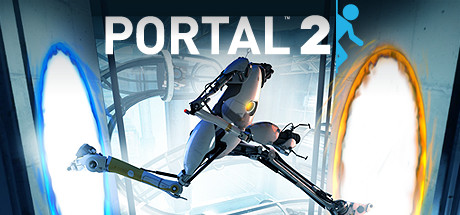
Part 5(Final Part): Game Engines
Game Engines – Introduction
A game engine is the core software framework that provides the tools and systems necessary to build a video game.
It simplifies the development process by handling complex tasks such as graphics rendering, physics simulation, animation, audio, and input.
Instead of coding every feature from scratch, developers can rely on engines to focus more on design, creativity, and gameplay.
Game engines are what make modern video game development accessible and efficient.
They offer pre-built systems for essential elements like lighting, AI, and user interfaces, while still allowing deep customization for advanced developers.
Engines also support cross-platform deployment, meaning a game can often run on PC, console, and mobile with minimal adjustments.
It is also important to distinguish game engines from 3D modeling or animation software like Blender, Maya, or 3ds Max.
While those tools are used to create assets (models, textures, animations), a game engine integrates everything into an interactive, playable experience.
This makes the engine the heart of game development, unifying creativity and technology into one powerful ecosystem.
Unreal Engine
Unreal Engine, developed by Epic Games, is one of the most advanced and widely adopted game engines worldwide.
It is known for high-end graphics, real-time rendering, and flexibility across platforms.
Unreal is completely free to use (with royalty payments only after significant commercial success) and is also open source, giving developers full access to its code for customization and innovation.
A standout feature of Unreal Engine is the Blueprint Visual Scripting system.
This allows creators to design complex gameplay mechanics without traditional coding, making the engine accessible to beginners while still being powerful enough for expert programmers.
This accessibility reflects Epic’s motto: “Game Development for Everyone.”
Unreal Engine has been the backbone of many industry-defining games thanks to its scalability and visual fidelity.
It powers not only indie projects but also some of the most ambitious AAA productions ever released.
Notable examples include:
- Final Fantasy VII Remake – A reimagining of the classic RPG with cinematic quality.
- Gears 5 – A visually stunning AAA shooter developed by The Coalition.
- Hellblade II: Senua’s Saga – A showcase title for Unreal Engine 5’s photorealism and next-gen capabilities.
Unity
Unity is one of the most popular and accessible game engines in the world, especially for indie developers and small studios.
It is known for its ease of use, large asset store, and flexibility across platforms, supporting PC, mobile, consoles, and even AR/VR.
Unity is not fully open source, but it offers a free version for individuals and small teams, with paid tiers for larger commercial projects.
Unity uses C# as its primary programming language, making it approachable for both beginners and professionals.
It has a huge global community, tons of tutorials, and an Asset Store full of ready-to-use tools, which dramatically shortens development time.
Because of this accessibility, Unity has become the go-to engine for mobile games and indie hits.
Despite being lightweight compared to Unreal, Unity has also powered large-scale productions.
It excels in 2D, 3D, AR, and VR projects, making it one of the most versatile engines available.
Notable examples include:
- Hollow Knight – A critically acclaimed indie Metroidvania game.
- Ori and the Will of the Wisps – A beautifully artistic platformer with emotional storytelling.
- Monument Valley – A mobile puzzle game known for its stunning art and unique level design.
Godot
Godot Engine is a completely free and open-source game engine, licensed under the MIT license.
It has gained massive popularity among indie developers thanks to its lightweight design, flexibility, and active community support.
Unlike many other engines, Godot has no royalties, no hidden fees, and complete transparency in its development process.
Godot supports both 2D and 3D game development, with a particular strength in 2D projects because of its optimized performance and dedicated tools.
It uses its own scripting language called GDScript, which is easy to learn, but also supports C#, C++, and even visual scripting for non-programmers.
This makes Godot attractive to beginners while still being powerful enough for advanced users.
Although it is newer compared to giants like Unreal and Unity, Godot has already been used for many creative and innovative projects.
Its completely free and community-driven nature makes it an appealing choice for developers who want full control without licensing restrictions.
Notable examples include:
- Cassette Beasts – A monster-collecting RPG inspired by Pokémon.
- Lumencraft – A mix of base-building and twin-stick shooting gameplay.
- Ex Zodiac – A retro-style rail shooter inspired by Star Fox.
CryEngine
CryEngine, developed by Crytek, is a high-end game engine best known for its photorealistic graphics and advanced rendering technologies.
From the beginning, CryEngine has been focused on pushing visual boundaries, offering powerful lighting, physics, and environmental tools.
It is free to use with a royalty-based system, giving developers access to professional-grade tools without upfront costs.
CryEngine is highly respected for its realistic environments and detail-oriented visuals, making it ideal for open-world games and first-person shooters.
It includes advanced tools for real-time rendering, AI, audio, and sandbox editing, allowing developers to create massive, immersive worlds.
Although it has a steeper learning curve than some other engines, its graphical power is unmatched.
Many iconic games have been built on CryEngine, and its technology has influenced even other engines in the industry.
It has powered both AAA blockbusters and indie projects, showing its flexibility despite its complexity.
Notable examples include:
- Crysis Series – Famous for setting new standards in graphics and performance.
- Hunt: Showdown – A dark multiplayer survival horror FPS.
- Ryse: Son of Rome – A visually stunning action-adventure game set in ancient Rome.
Source Engine
The Source Engine, developed by Valve Corporation, is one of the most influential game engines in the history of PC gaming.
First released in 2004, it became famous for powering some of the most iconic titles on Steam.
Although not as cutting-edge as modern engines like Unreal or CryEngine, it is known for its stability, moddability, and strong multiplayer networking support.
One of Source Engine’s greatest strengths is its modding community.
Many famous games started as mods built on Source, which eventually grew into full-fledged commercial releases.
Its flexible tools and strong developer support made it a perfect platform for experimentation and community-driven projects.
Even though it’s considered an older engine today, the impact of Source is still felt across the industry.
It laid the groundwork for online multiplayer shooters, narrative-driven first-person games, and large-scale community content.
Notable examples include:
- Half-Life 2 – A revolutionary FPS blending storytelling and gameplay.
- Counter-Strike: Global Offensive (CS:GO) – One of the most popular competitive shooters of all time.
- Portal 2 – A puzzle-platformer masterpiece combining physics and narrative innovation.
Conclusion – Game Engines
Game engines are the backbone of modern video game development, providing developers with the essential tools to bring their creative visions to life.
From graphics rendering and physics simulation to audio, AI, and cross-platform support, engines simplify complex tasks and let developers focus on gameplay and storytelling.
They are the reason video game creation is no longer limited to big studios but accessible to indie developers and even hobbyists.
While engines like Unreal, Unity, Godot, CryEngine, and Source are widely used across the industry, each comes with its own strengths.
Some prioritize visual fidelity, others accessibility, community support, or flexibility.
This variety gives developers the freedom to choose the engine that best fits their project’s needs, whether it’s a mobile puzzle game or a AAA cinematic blockbuster.
It’s also important to note that many major studios build and use proprietary engines tailored to their games.
For example, Rockstar uses the RAGE engine for Grand Theft Auto and Red Dead Redemption, CD Projekt Red developed the REDengine for The Witcher series (before moving to Unreal), and Guerrilla Games created the Decima engine for Horizon Zero Dawn and Death Stranding.
These engines are often closed-source and specialized, giving studios complete control but limiting outside developers.
End of Part-05-Final Part (Conclusion – Game Engines)
Author: Pouria Mojdeh
Sources:
Book: The Ultimate Guide to Video Game Design: Fundamentals
Book: Encyclopedia of Video Games: The Culture, Technology, and Art of Gaming [3 volumes]
Website: Unreal Engine
Website: Unity
Website: Godot
Website: Cryengine
Website: Source Engine
Use of this material without proper attribution is not permitted.

